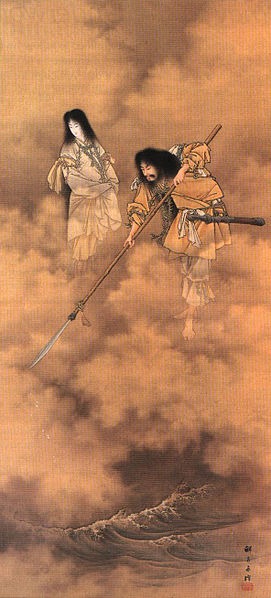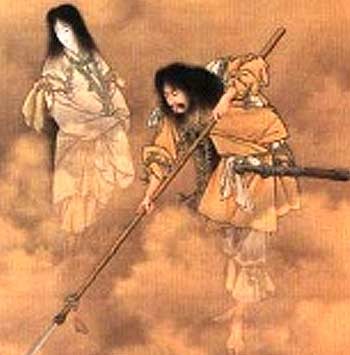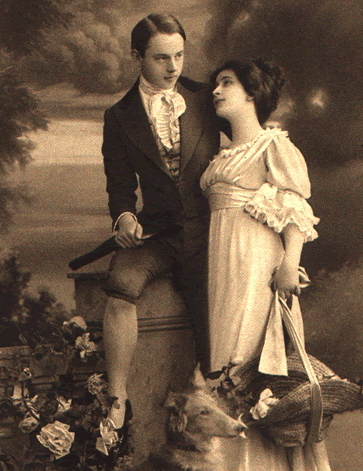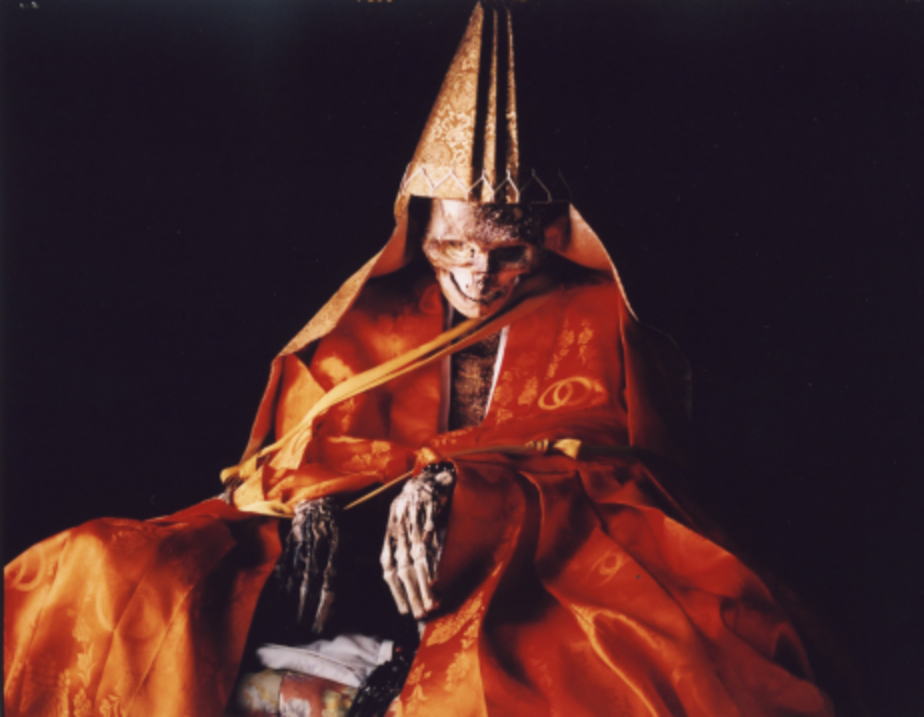
Delving into the world of folklore as much as I have, I’ve come across a lot of very strange beliefs. While weird beliefs aren’t limited to Japan, not by a long shot, the Japanese certainly don’t disappoint when it comes to bizarre critters. I’ve often found myself wondering why and how so much weirdness came to be concentrated on a relatively small chain of islands on the rim of the Pacific. Now, I am far from a scholar when it comes to Japanese studies, but it isn’t much of a stretch to say that Japanese religious traditions probably have something to do with it.
Nowadays, Japan is a mostly secular country. The bulk of Japanese tell poll-takers that they don’t consider themselves part of any religion. Certainly, many people observe various Shinto and Buddhist festivals, but the vast majority seem to do so more out of cultural habit than actual belief. Religion has little impact on daily life in Japan in the 21st century.
This was not the case in Japan’s early days. Japan’s indigenous religion is called Shinto, meaning “the Way of the Gods”. No one knows when exactly it developed, and it lacked any sort of coherent structure as is often seen in religious systems. Shinto is essentially an animistic religion, which is to say that its adherents imbue everything in nature–mountains, trees, streams, rocks, etc–with a spirit.
In Japan, these spirits were known as kami. They were generally considered friendly to humans, but they could be angered by human actions, particularly if humans polluted holy places with uncleanliness. When angered, kami could bring about natural disasters and other mischief. In order to keep the kami happy, early Shinto practitioners practiced various cleanliness rituals.
The Shinto belief system grew into a complex network of deities, spirits, and demons. It’s pretty easy to see how a huge variety of mythological creatures can develop from a religion that claims everything has a spirit!
There were some unifying features of Shintoism though, namely the myth of Japan’s creation. Izanagi and Izanami created Japan when droplets of water dripped off the tip of Izanagi’s spear. The pair of deities descended to the newly formed islands and proceeded to have a huge family, most notably the sun goddess Amaterasu, who would go on to become the most important goddess in the Shinto pantheon and the legendary progenitor of the Imperial line.
Shintoism today is pretty well mixed with Buddhism. Buddhism came into Japan from Korea at around the 6th century AD, bringing its own complex mythology to the islands. The two systems merged fairly well together, with Buddhism emphasizing ethical conduct and Shintoism emphasizing respect for nature. Buddhism brought the concepts of demons like Mara, not to mention its own vast cache of demons, monster,s saints, and spirits.
In later years, as Japan approached the 20th and later the 21st century, other influences came into the country. Christianity, Islam, Hinduism, Jainism, and a plethora of home grown sects all call Japan home. With such a vast melting pot of philosophies and myth systems, is it any wonder some strange stories pop out now and then?






2 thoughts on “The Way of the Gods: Shinto and its Impact on Japan’s Strange Folklore”